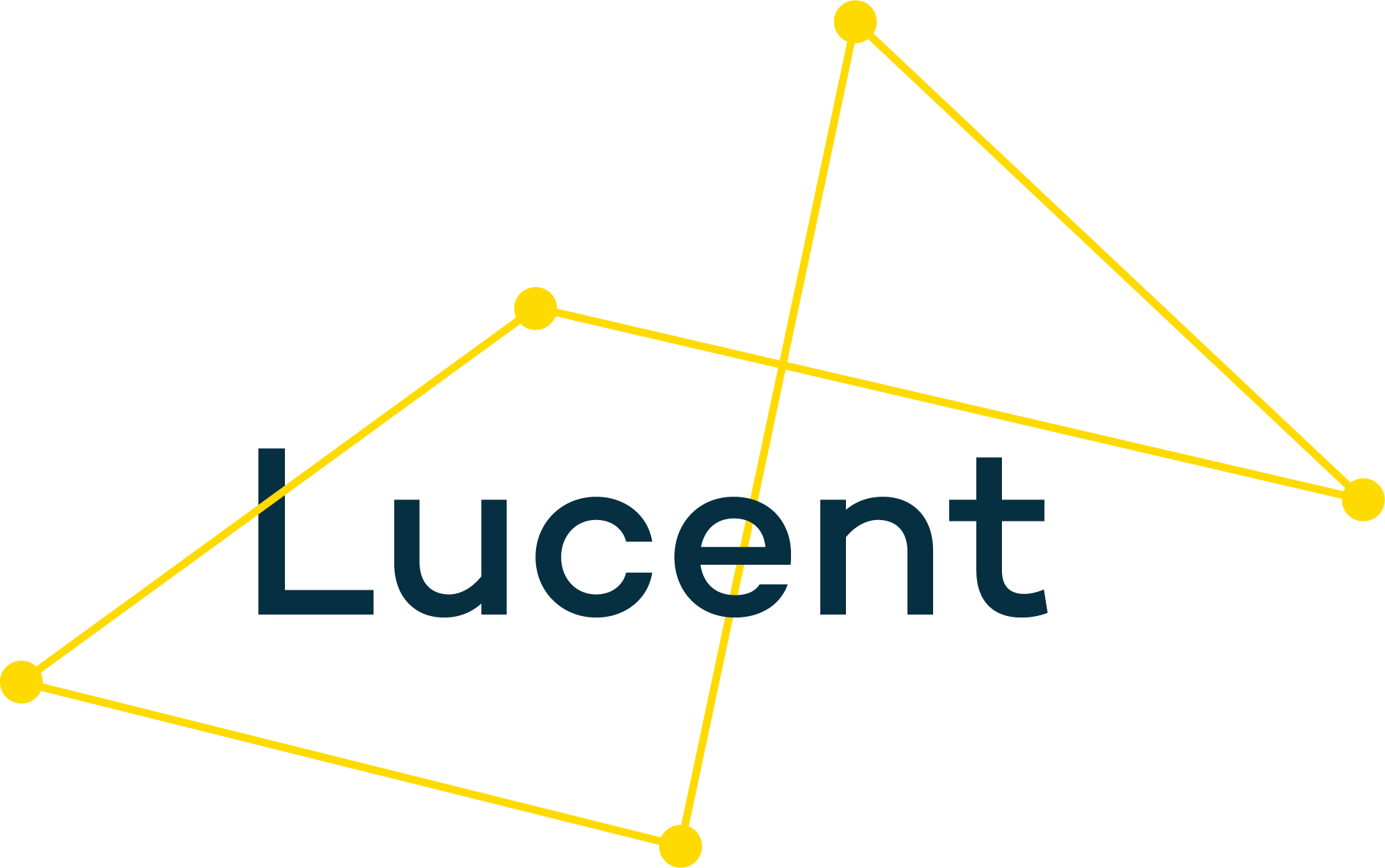What we mean by strategy is a very human process
The phrase “strategy is a very human process” comes from the many years I have spent as a Chief Executive and the lessons that taught me about what makes change happen. I can still feel the pain in my gut when I came across the talented and passionate people in my teams delivering projects that were headed in the wrong direction. Or conversely the tingle and thrill of seeing people deliver new initiatives that I had never thought of and that absolutely hit the mark.
That experience taught me that good strategy needs clear analysis and compelling case for change, and an inspiring vision. But that is not enough on its own. Ultimately, the analytics need to be combined with a real and felt appetite for change – the human motor for your strategy.
I’ve found the distinction between technical and adaptive challenges helpful here. Technical challenges arise where the problem is well known, and a solution can be delivered by tweaking existing systems or procedures. Adaptive challenges arise where there is no known solution or the path is undefined, and requires shifts in ways of working, priorities and beliefs.
It is both tempting and comforting to look for technical solutions. On paper, technical solutions look simple and easy to implement. But the reality is that if you implement technical solutions to big and complex problems it will soon leave you and your team, at best, feeling frustrated with the pace and scale of change and, at worst, demotivated and burnt-out.
By contrast, adaptive solutions are built on the deep and hard work of looking afresh at underlying beliefs and assumptions. You know you are adapting when people in your team are building new habits (and letting old habits go). Adaptive change is happening when people are prepared to talk through their underlying fears – What if we fail? What if it doesn’t deliver impact? – as they start to test new ways of working.
To take a (real life) example, a trustee asks for an impact measurement framework and has ended up frustrated – they now ask repeatedly for the framework as they feel they are not being heard. The team is clear about the changes needed “out there” that would create improvements but has yet to define the impact that the organisation itself contributes to that change. The trustee is asking for a technical solution to an adaptive challenge – and while the technical solution (impact framework) is right, it cannot be delivered until the adaptive challenge has been addressed.
Addressing the adaptive challenge requires surfacing existing assumptions about how the organisation creates change and defining the possibilities, and limits, of the organisation’s future impact.
In reality, most strategy processes require both technical and adaptive solutions. Technical solutions will help you refresh your approach to your business planning, create a new impact framework or develop a better system of engaging your stakeholders. Tick, tick, tick. But creating deep dialogue across your team and with your community, surfacing underlying assumptions, looking at issues in a new way and together setting clear priorities is the way to create the adaptive solutions that really give your strategy life.
Written by Katherine Rake, Founder and Consultant
Drop us a line if you’d like to find out more about how to spot technical and adaptive challenges and approach them in your strategy review.
